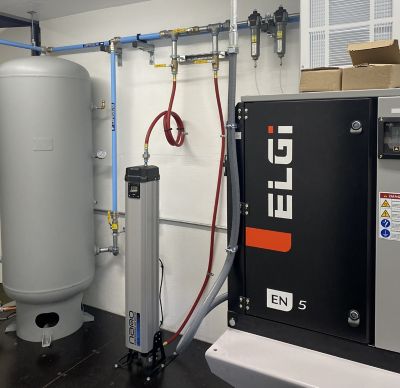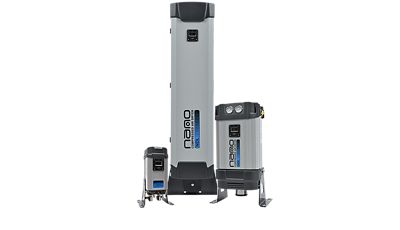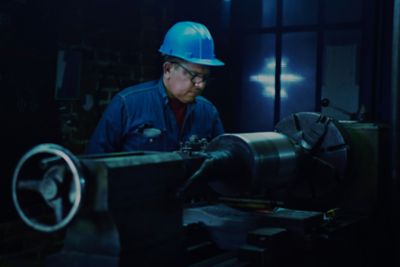Landfills dot the world as designated locations for the disposal of municipal and construction/demolition solid wastes and hazardous waste. The waste materials are trucked in, spread across the specified ground, and covered with soil. According to the Environmental Protection Agency (EPA), in 2018, about 146.1 million tons of municipal or household solid waste were sent to landfills. Oftentimes covering hundreds of acres of land, today’s landfills are well-engineered and managed to lessen the impact on the surrounding environment.
Conservation Concerns on a Landfill Property
These landfills are highly regulated by the EPA with regulations outlined in the Resource Conversation and Recovery Act (RCRA) with states taking a lead role to ensure federal criteria are met. One aspect of the RCRA is leachate collection and removal systems. Leachate is a contaminated liquid that is produced when precipitation or applied water to reduce odors and dust passes the trash in a solid waste disposal site. As the water passes or “percolates” through the refuse, the water becomes contaminated and “leaches” or drains from the disposal site. The composition of the leachate is dependent on climate conditions, the age and rate of solid waste decomposition, and the actual makeup of the trash. The toxic sludge contains various contaminants, but the high concentration of ammonia which comes from household products, and plant and animal waste, is seen at alarming levels. With its high toxicity level, leachate is seen as a major threat to surface water and the environment.

Water Buildup & Preventing Well Pump Issues
A municipal landfill in the Western USA removed leachate from their waste using pipes positioned at the bottom of the landfill, piped it to an onsite holding pond, and then to an approved wastewater treatment plant for proper disposal. Compressed air was being used to operate outside located down-well pumps which moved the contaminated water from the bottom of the landfill to the treatment facility. As the landfill was active, the engineer could not bury the compressed air tubing to the down-well pumps. Located where temperatures can dip to well below freezing, there was a possibility of the condensate in the compressed air line freezing causing no flow conditions for the well pumps. In addition, excessive condensate during the hot summer months could cause floats and reed switches in the pumps to stick, once again causing well pump failures. The landfill knew this was not an option and contacted a local compressed air distributor to find a solution.
A Perfect nano Solution
Working in conjunction with nano-purification solutions’ Business Development Manager Jim McFadden, the distributor quickly realized the landfill needed -40°F PDP compressed air to flow through the above-ground compressed air lines to operate the pneumatically operated well pumps in the ambient conditions in which they were exposed. The solution was a nano brand modular desiccant air dryer, models NDL 090 complete with pre and after-filtration which can reduce condensate air to levels below freezing. With a PDP of -40°F, the landfill had the security its pumps could operate uninterrupted throughout the year no matter the temperature. As the site’s compressor package was located inside an outdoor enclosure, the modular design and small footprint of the nano dryer kept the layout to a minimum.




